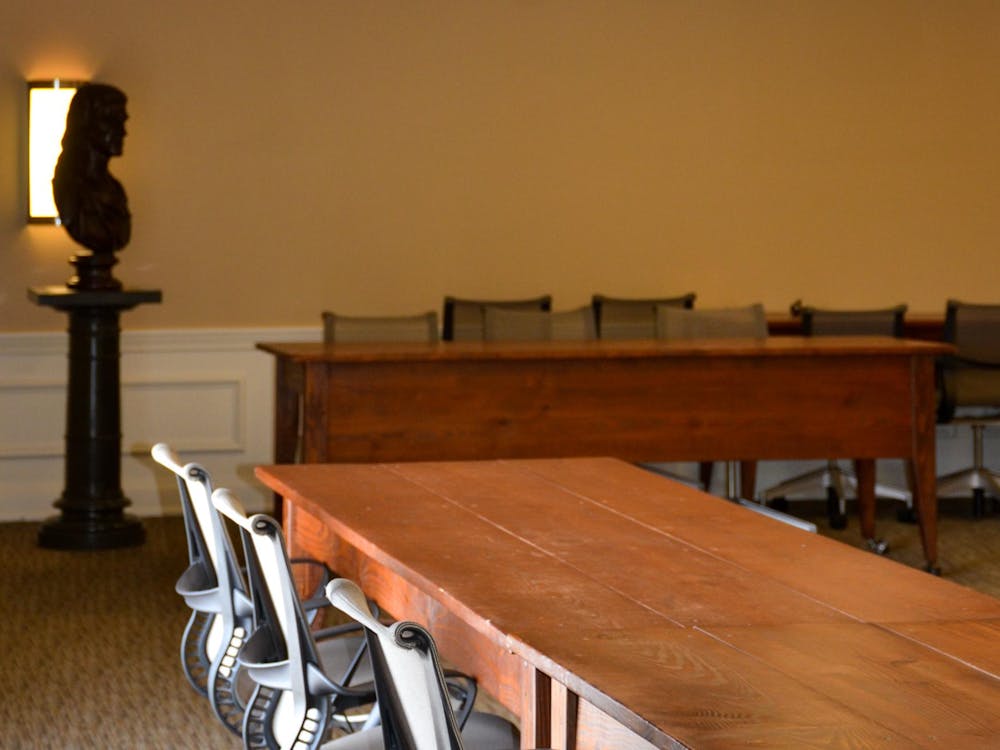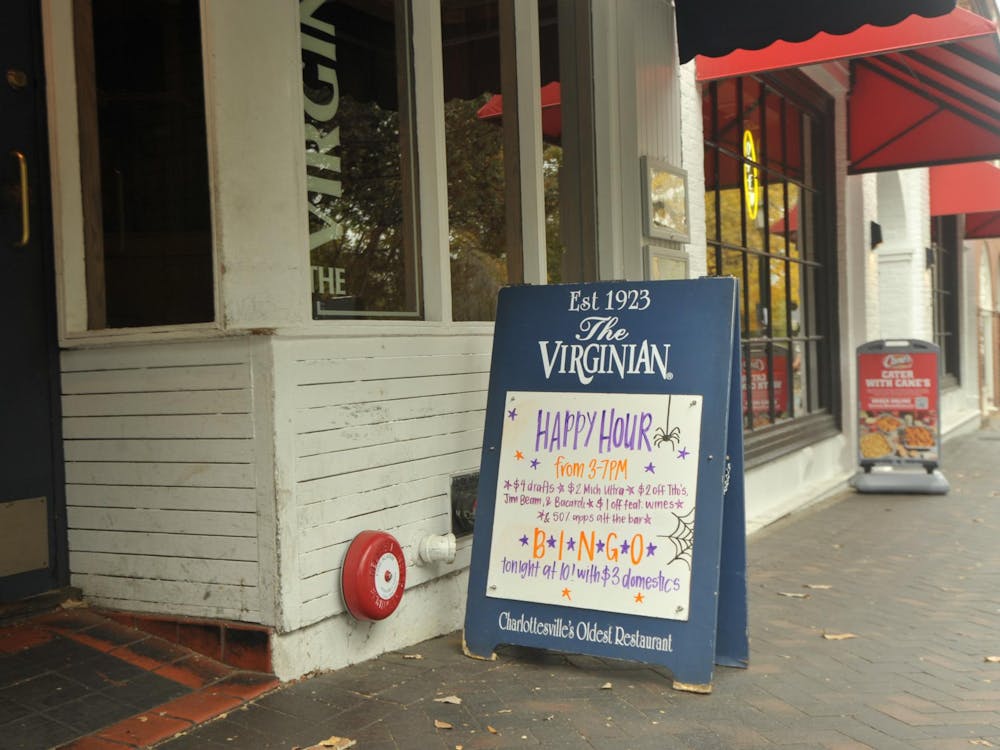Local archeologists working near 1512 JPA made a stunning discovery in late May -- two gravesites dating back to the 19th century were unearthed in a location previously known for archeological finds for the past decade.
"We had all thought that the gravesite was formally defined in 1993 when it was initially discovered," Rivanna Archeological Services investigator Benjamin P. Ford said. "It's quite clear to us now that there are more graves than we initially thought."
The University hired Rivanna Archeological Services in 2002 to document aspects of the site that weren't well known, said Steve Thompson, an investigator for Rivanna Archeology.
The original gravesites were uncovered when the University began to expand the B-1 parking lot and earthmovers ran into a grave, Thompson said. University archeologists found shafts of 12 graves and dated their burials to the 19th century.
The land on which the graves were found -- 400 Venable Lane -- traces its ownership to Catherine "Kitty" Foster, a free black woman who purchased the land in 1833. Foster and her daughters owned the land until 1906. Excavations over the next years revealed the foundations of the Foster House as well as archeological elements associated with the Foster women and their careers as seamstresses.
"The site has considerable historical significance," Thompson said. "As the home of free African-Americans prior to the Civil War, it's a unique site already."
Five weeks ago, the Rivanna team began field work to explore what appeared to be the remains of a wall that could have been the bounds to the small cemetery adjacent to the Foster home. It was in the process of this exploration that the two grave shafts were discovered, leading the University to ask Rivanna to expand their investigations.
"We want to precisely locate the full extent of the grave yard," Rivanna investigator Benjamin P. Ford said. "In doing so we will [excavate an area] at a distance of 25 feet within the last previously identified grave shaft. Ultimately that won't guarantee that we won't find another grave shaft on the site later, but it's a reasonable faith effort."
The Board of Visitors gave approval to the removal of 400 Venable Lane last week in order to further excavate the rest of the site.
"The material culture and artifacts that come from the site tell us about the lives of those people," Thompson said. "The site also speaks quite strongly to the development of the University and the development of economic systems within the town surrounding."
The University hopes to turn the area surrounding the gravesite into a memorial that will be integrated into the South Lawn project, University Spokesperson Carol Wood said.
The artifacts found on the site and archeology performed have offered a great deal of information about the occupants of the site, although none of the actual caskets were unearthed.
"We're not digging down into the graves," Ford said. "We are not disturbing the human remains. We are coming down on top of the shaft itself and we can tell a grave shaft by subtle color differences and texture differences in the local soil."
Wood said the importance of preserving this discovery involves understanding the culture of University and the community as a whole.
"In some ways it tells a part of our nation's history," Wood said. "It's really a fascinating look at our nation's past."






